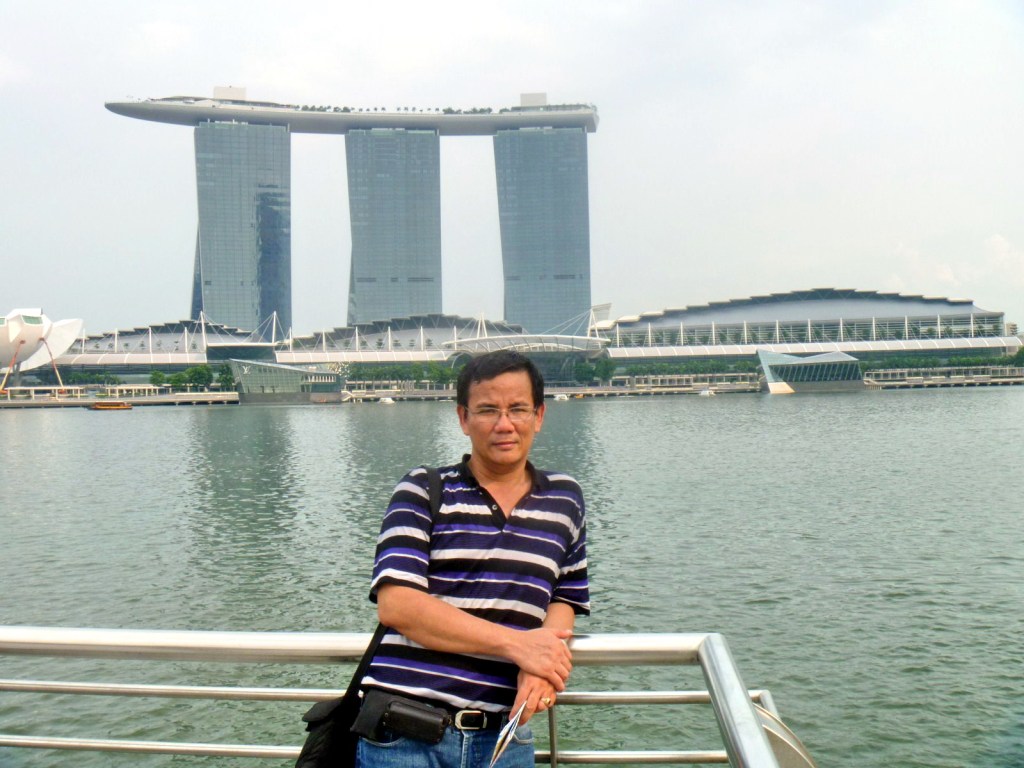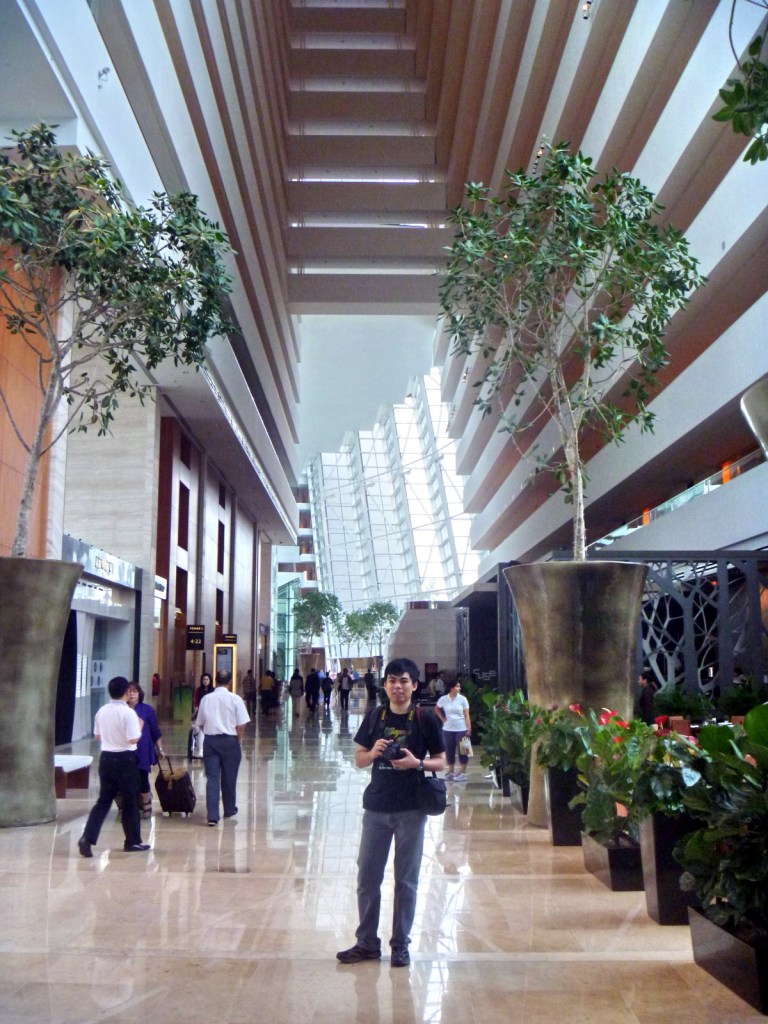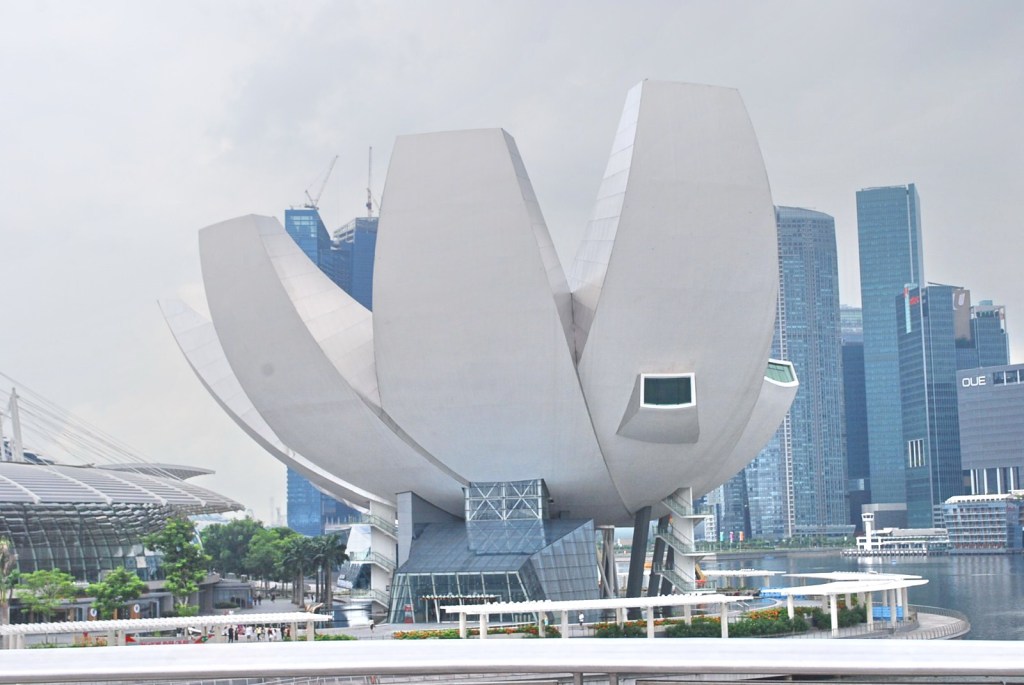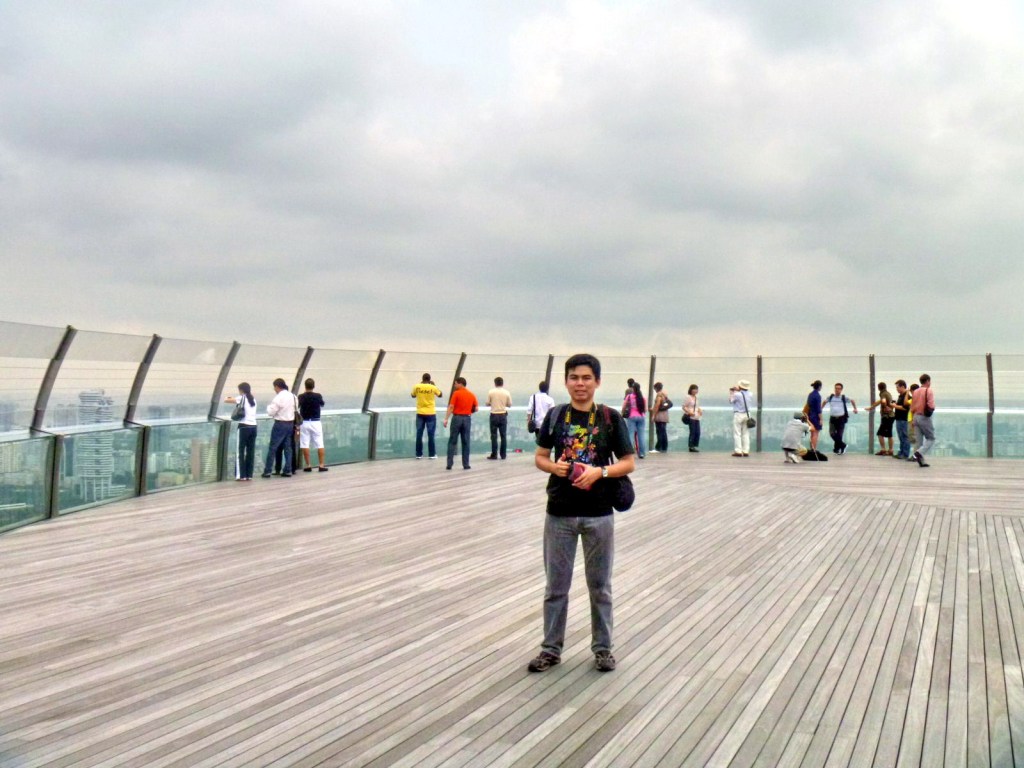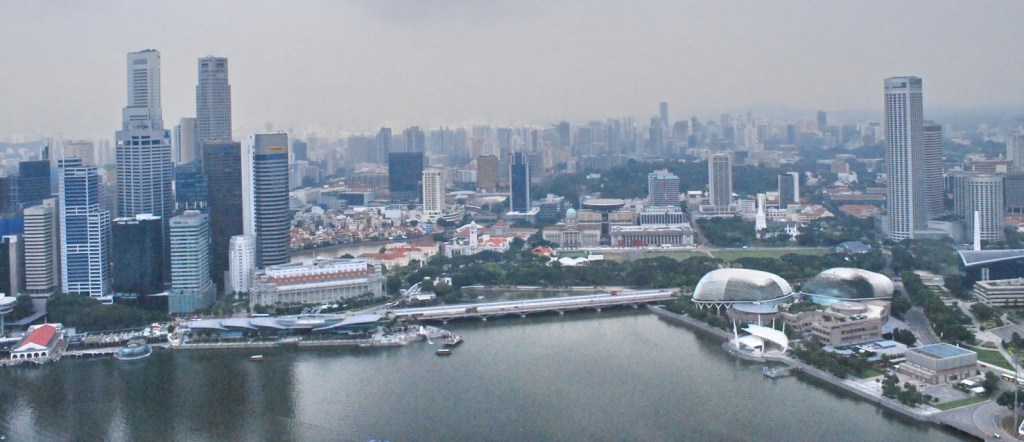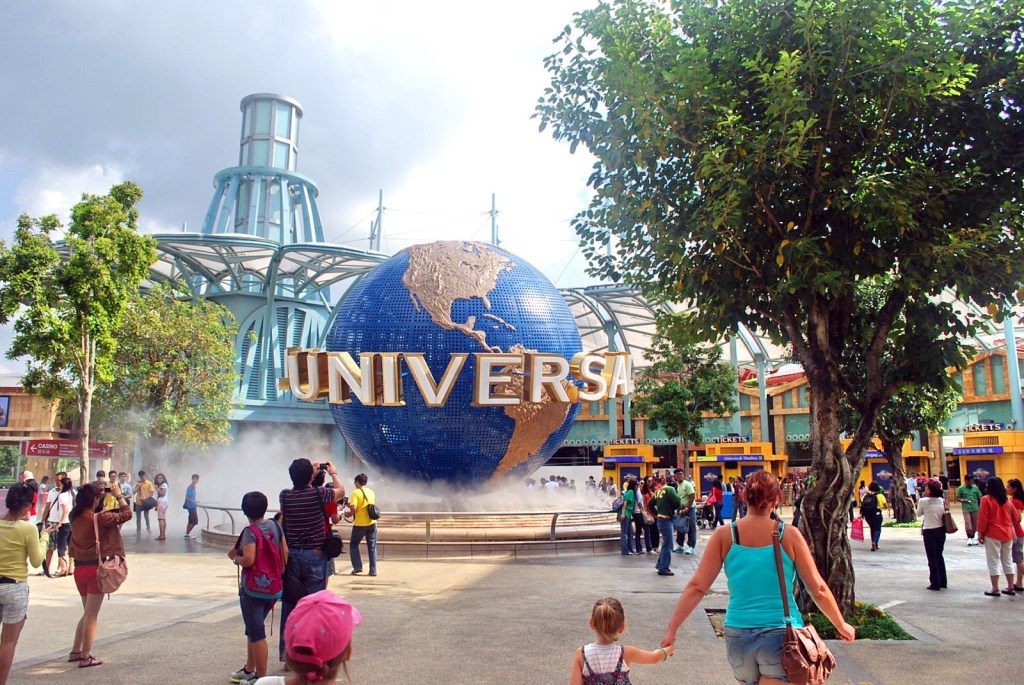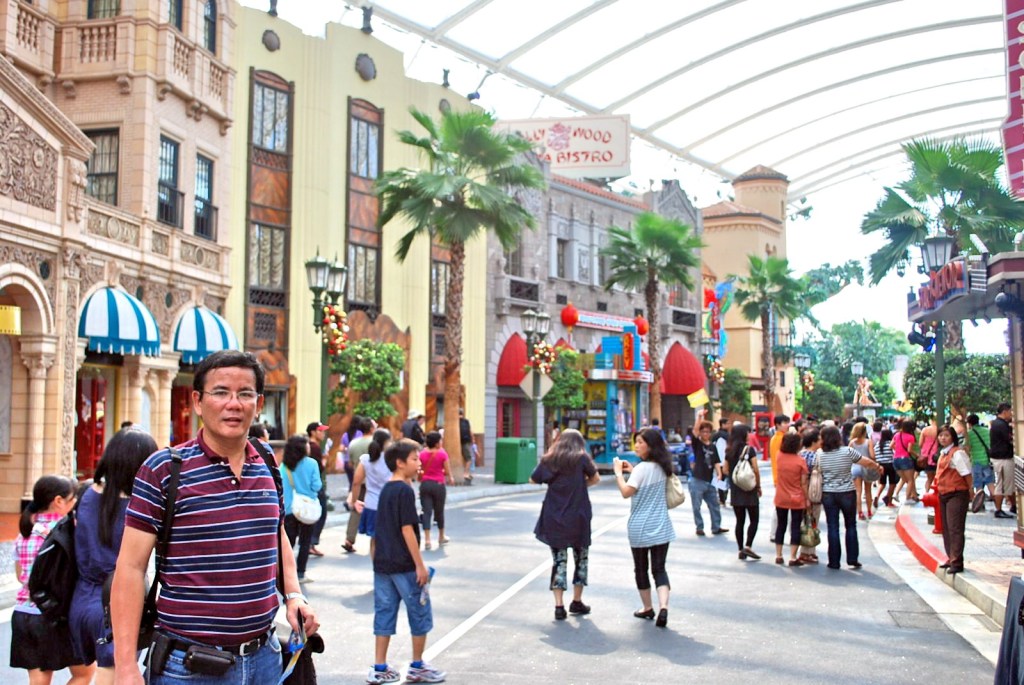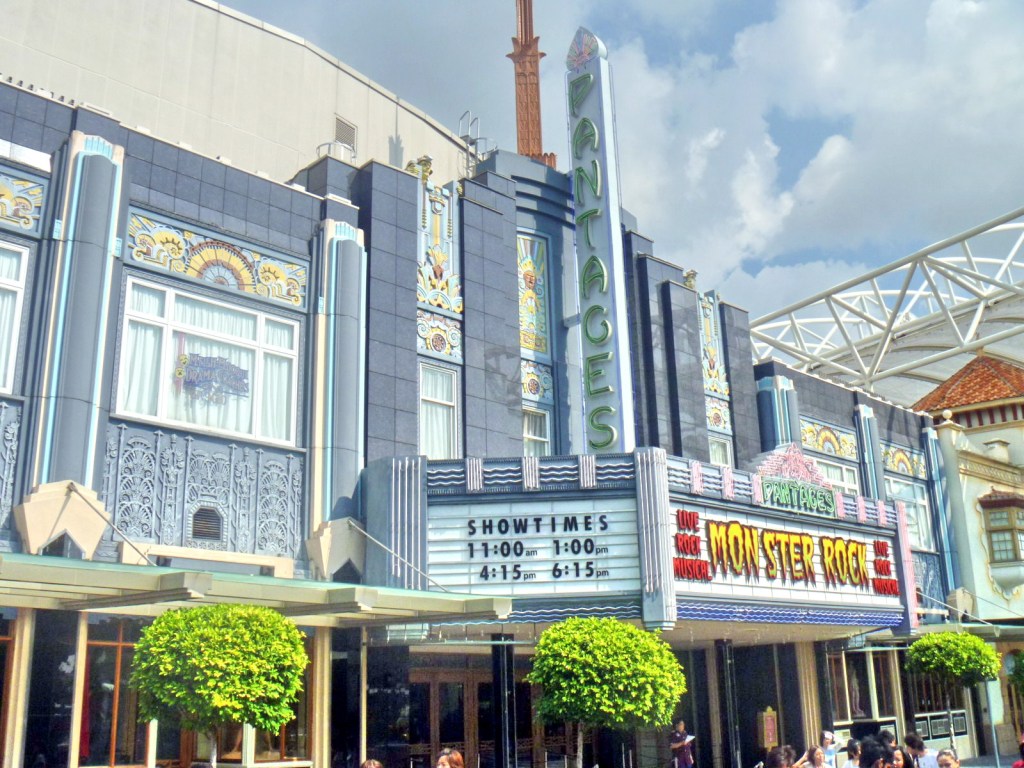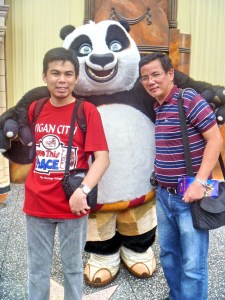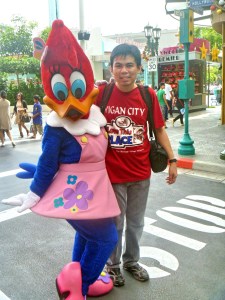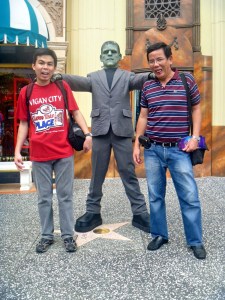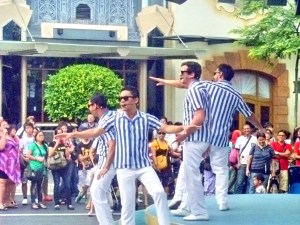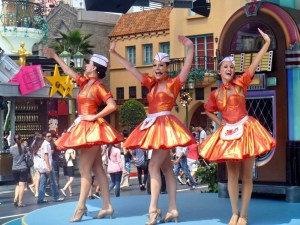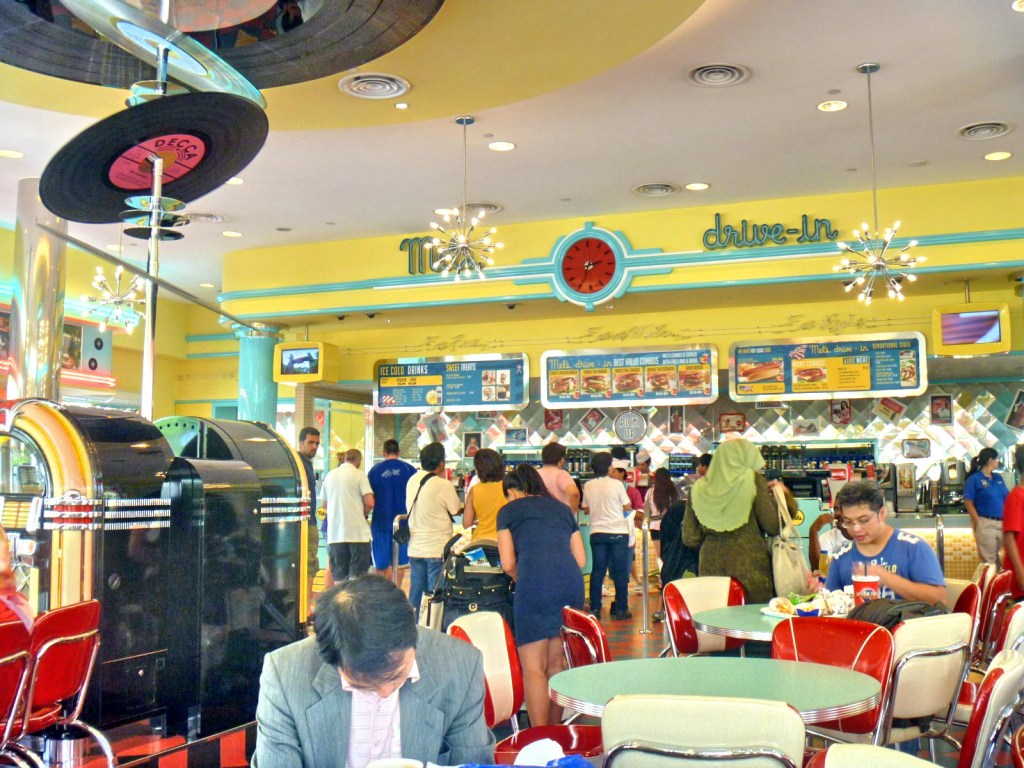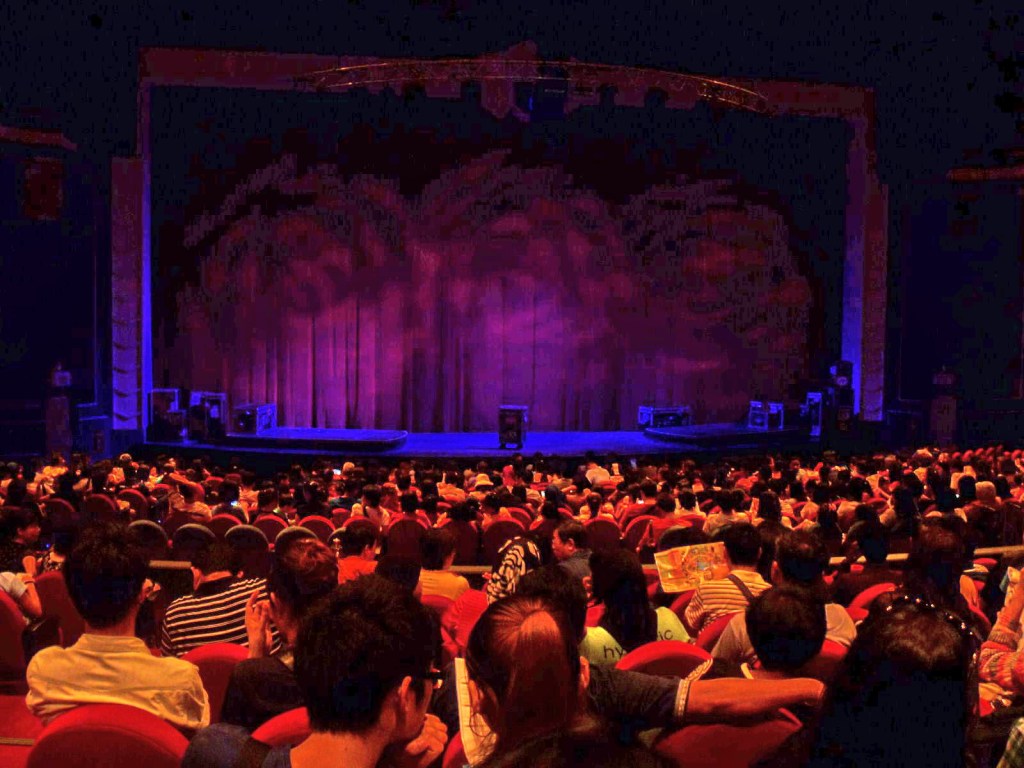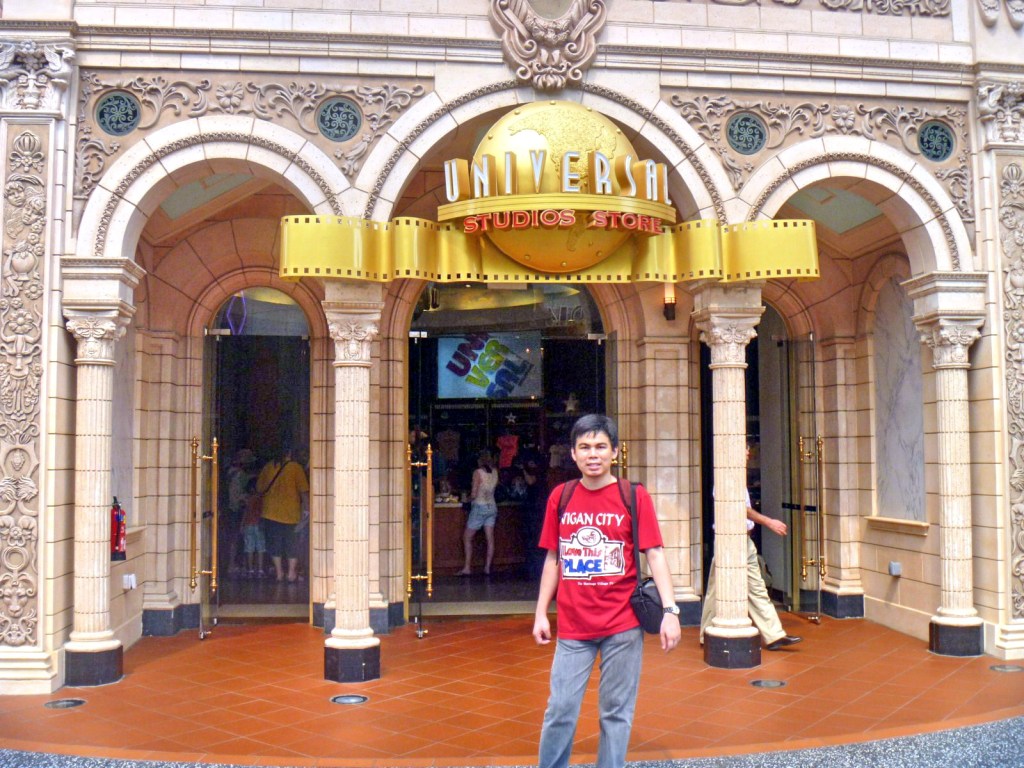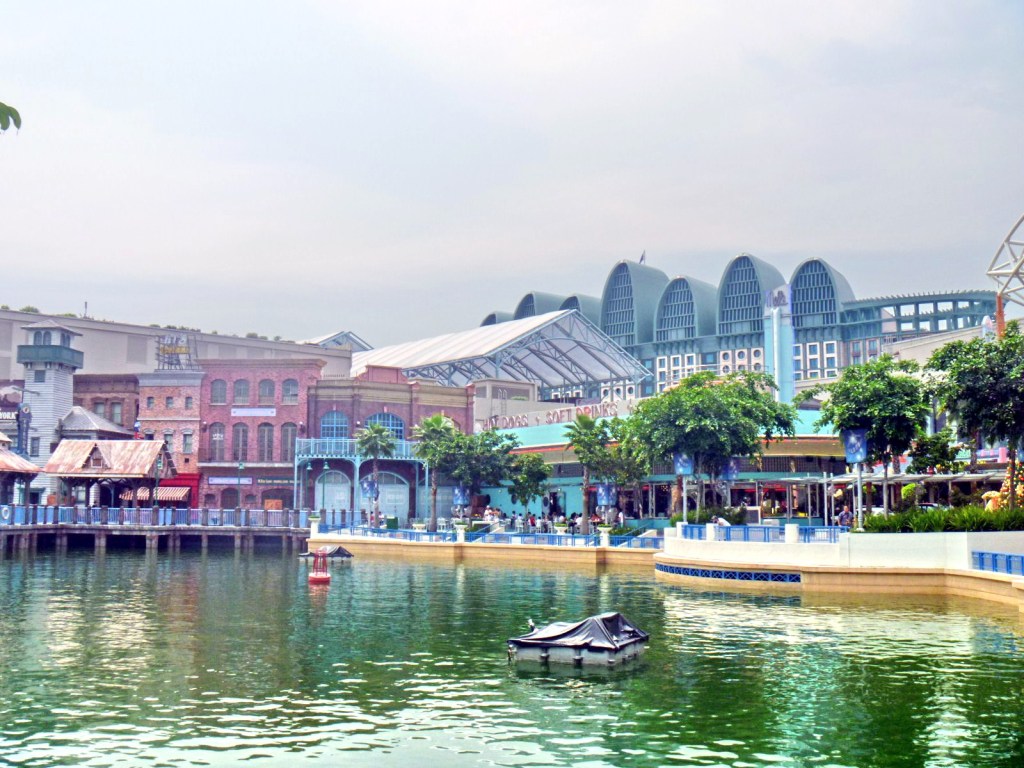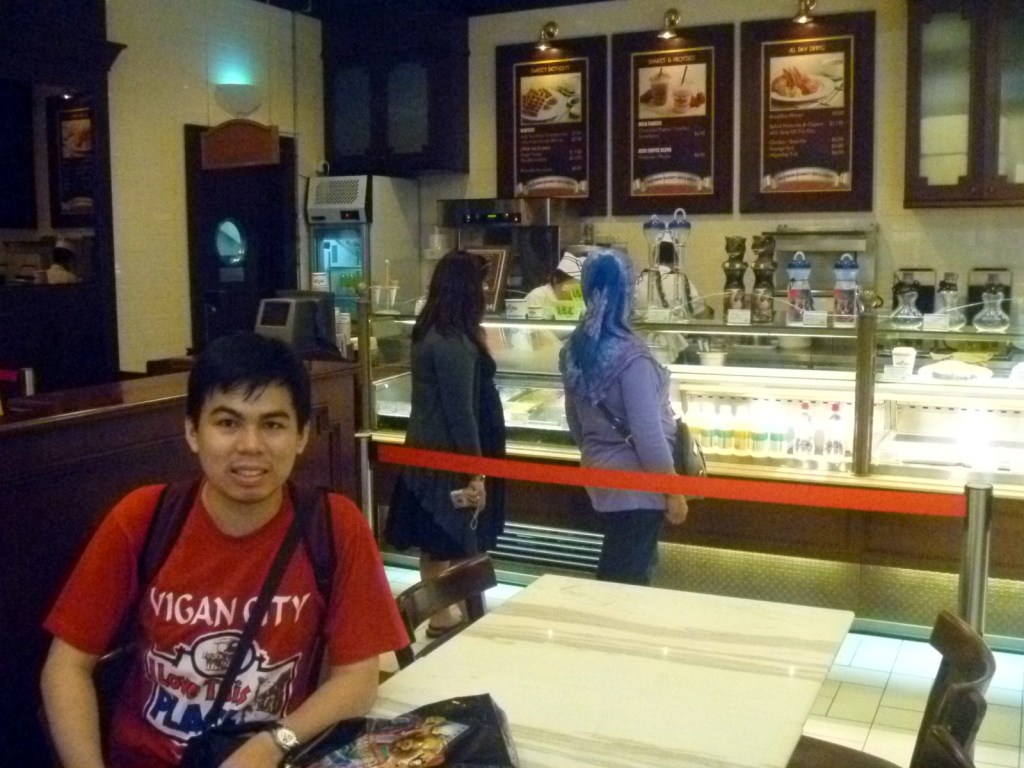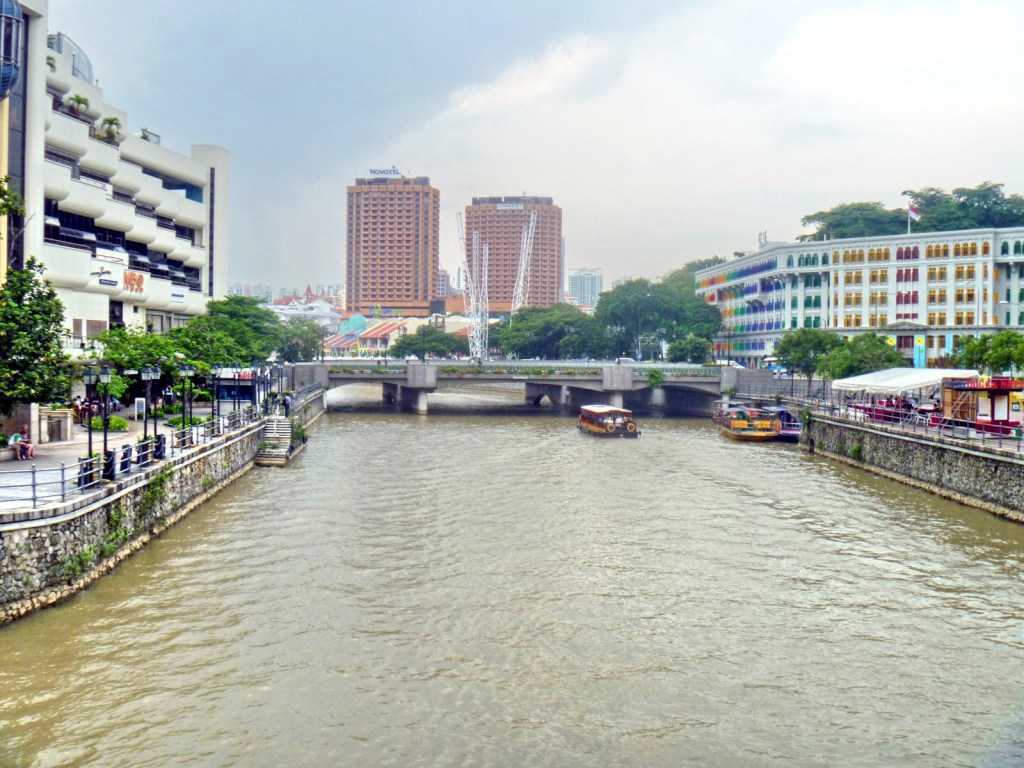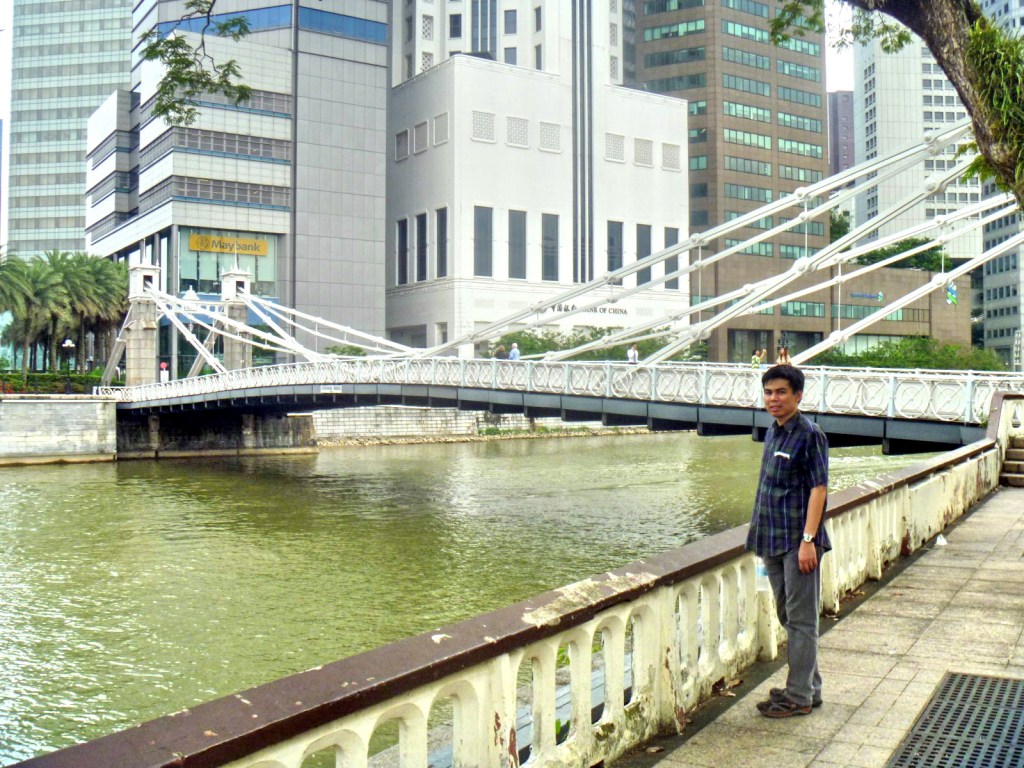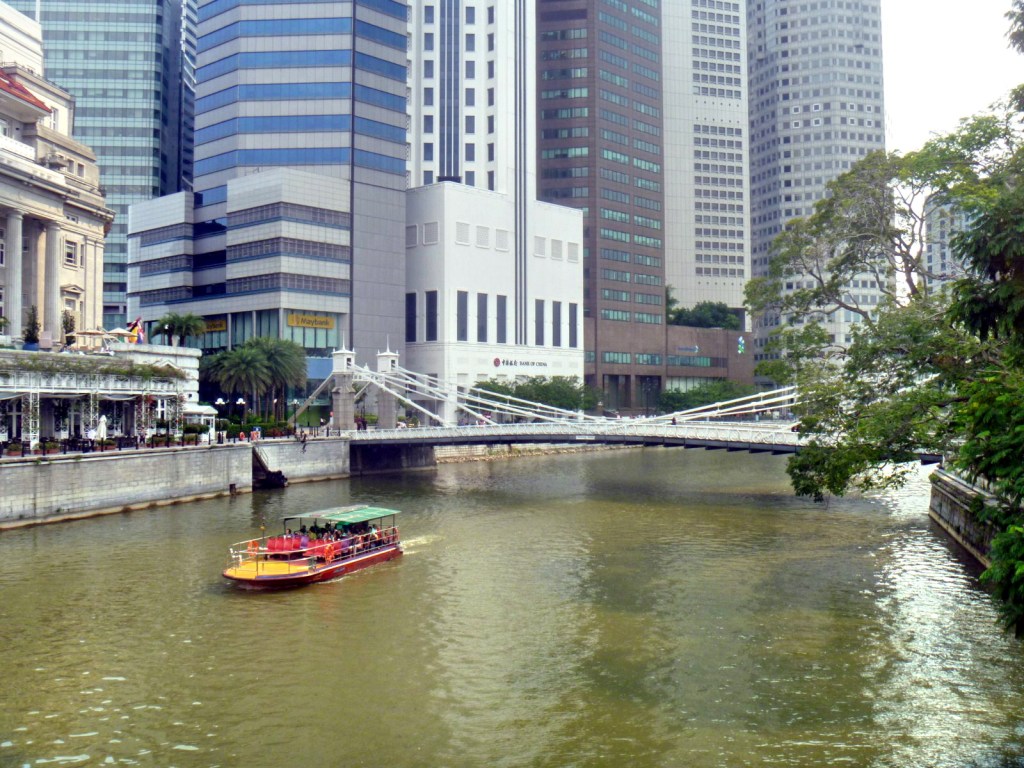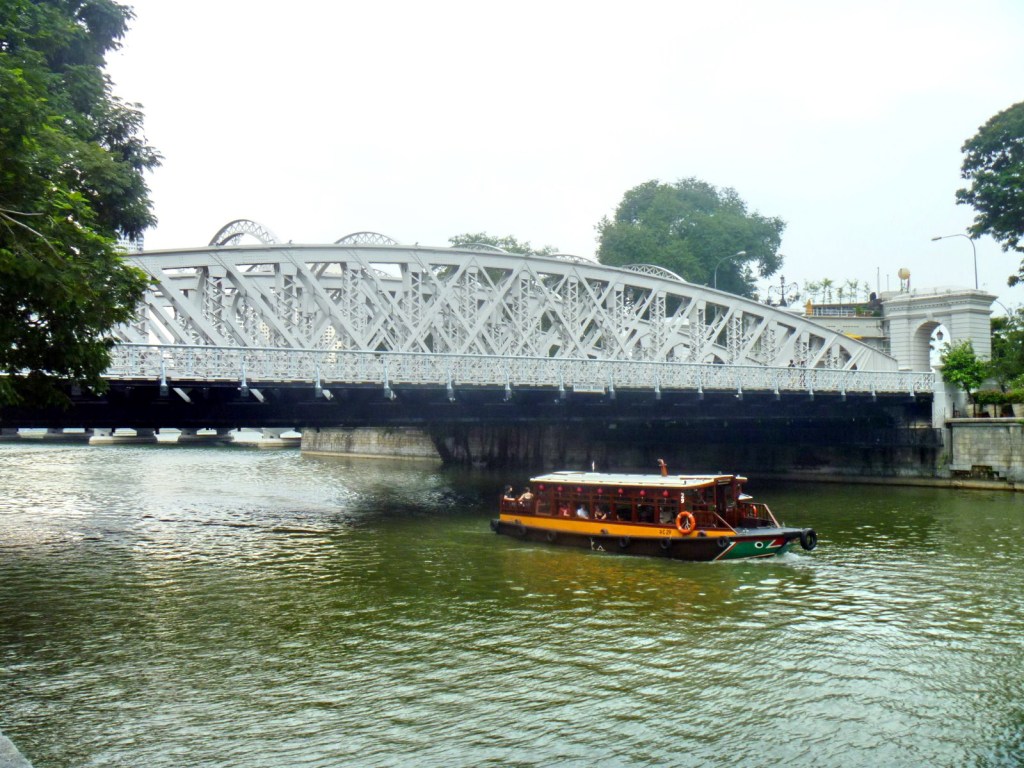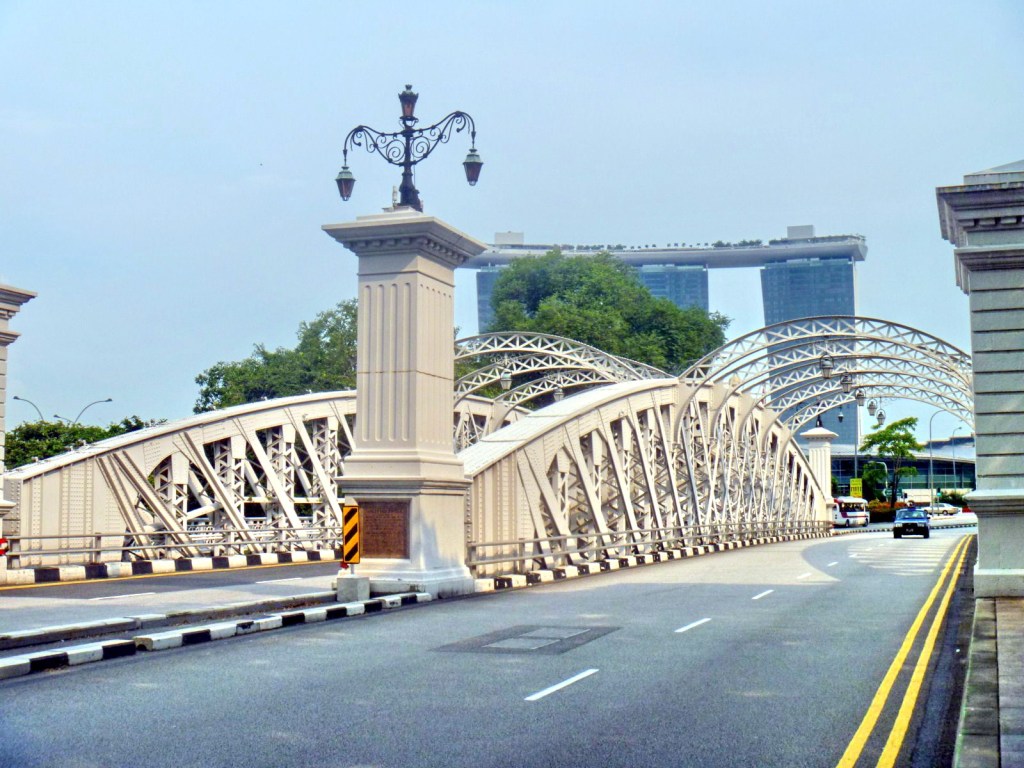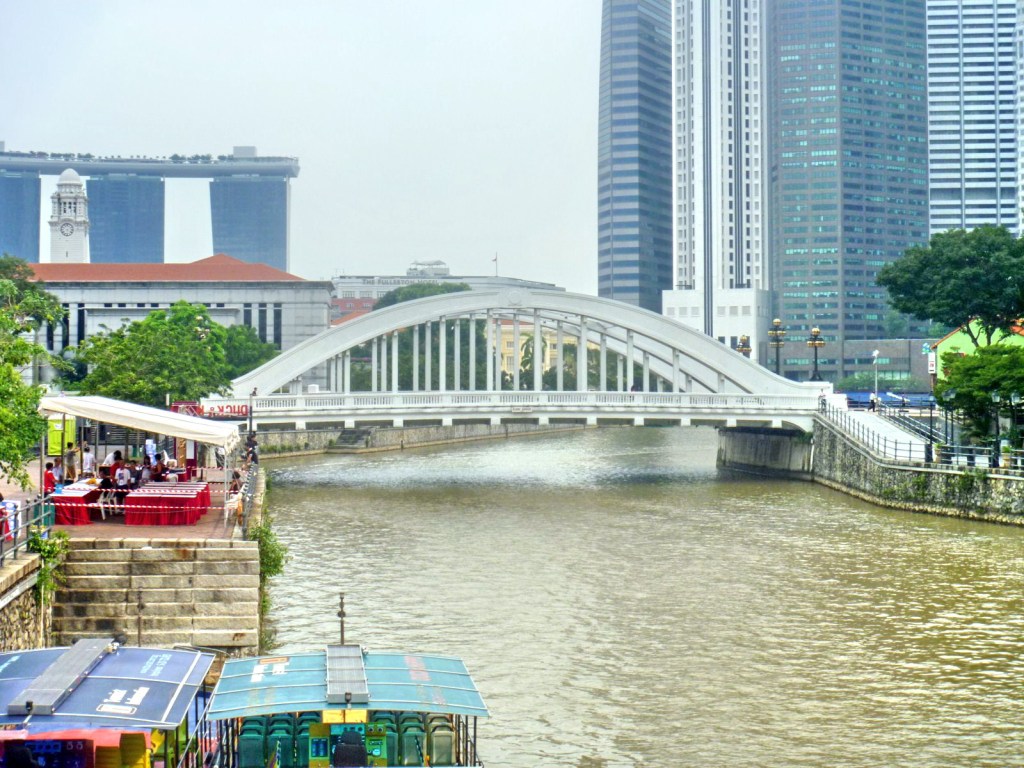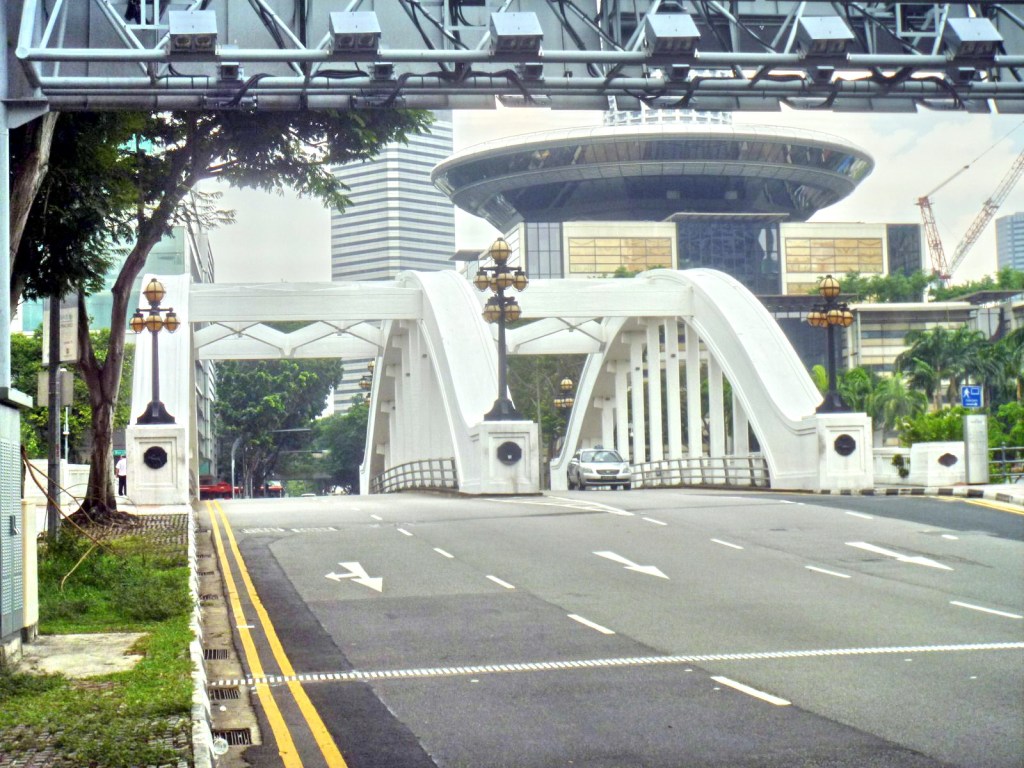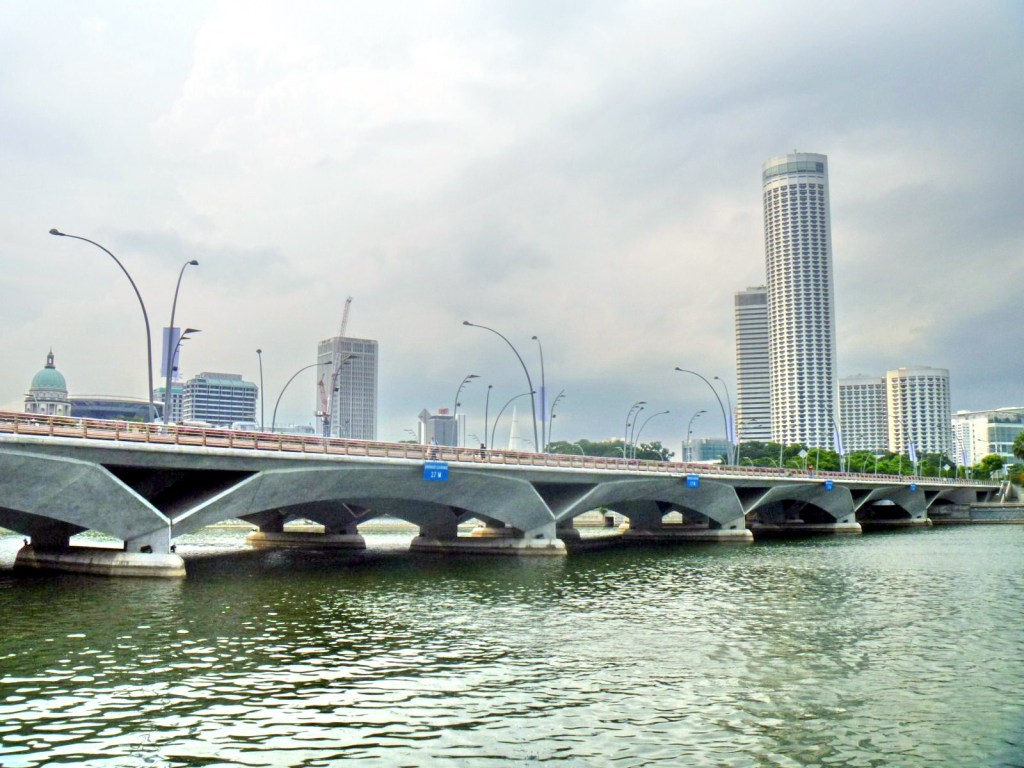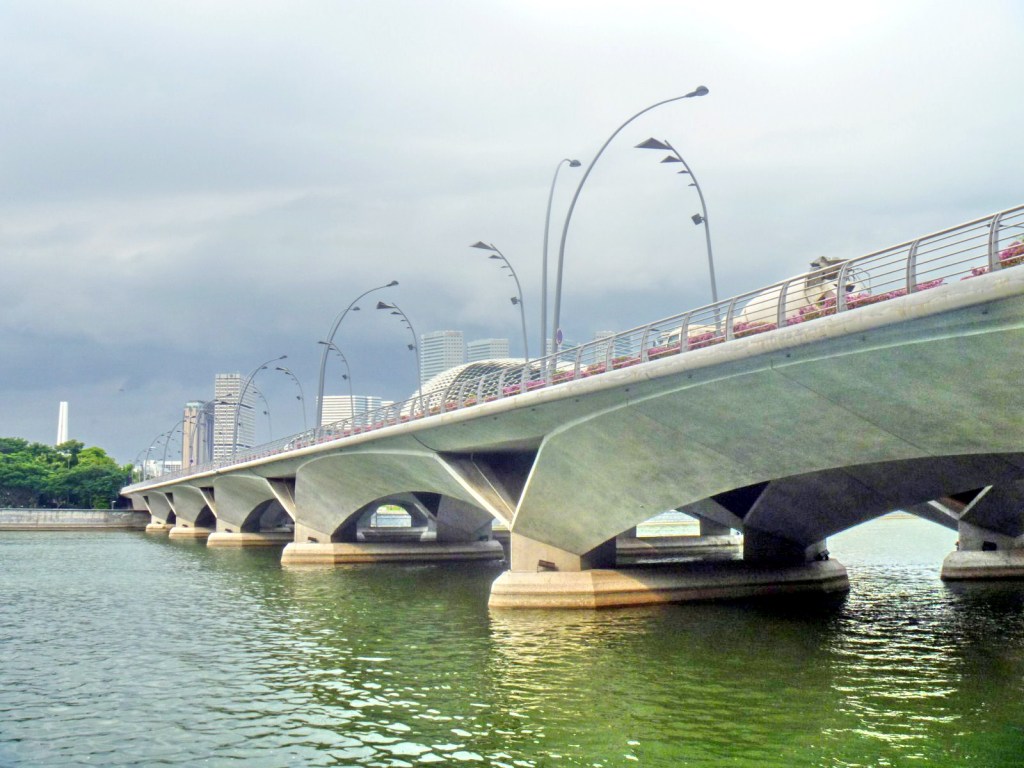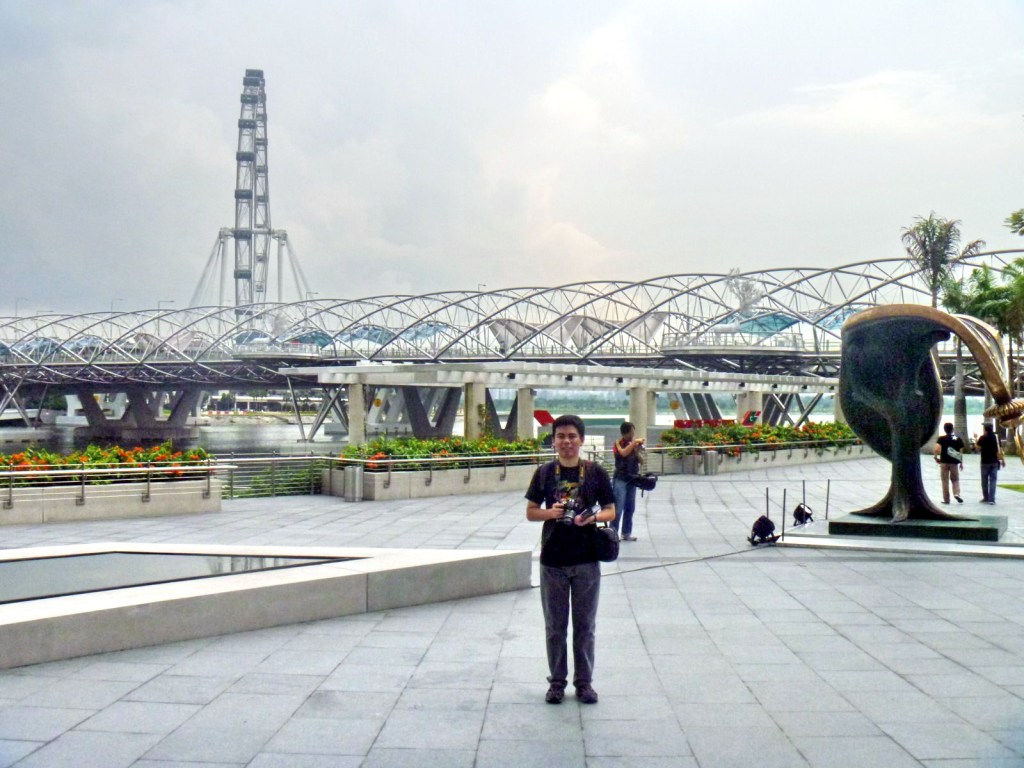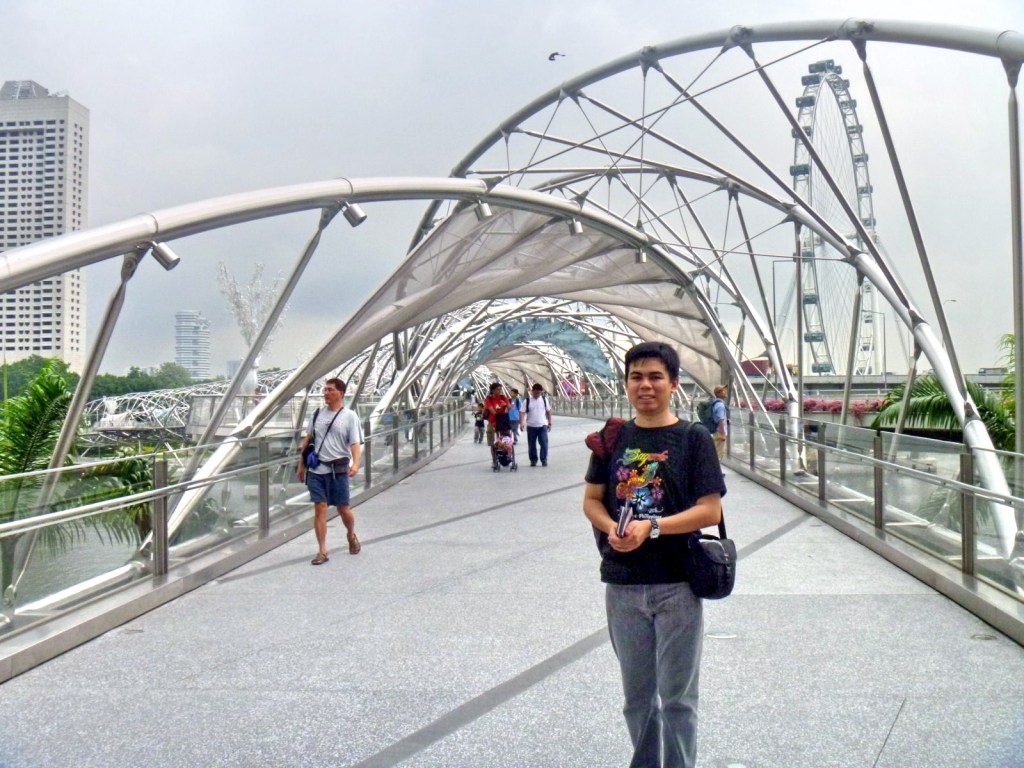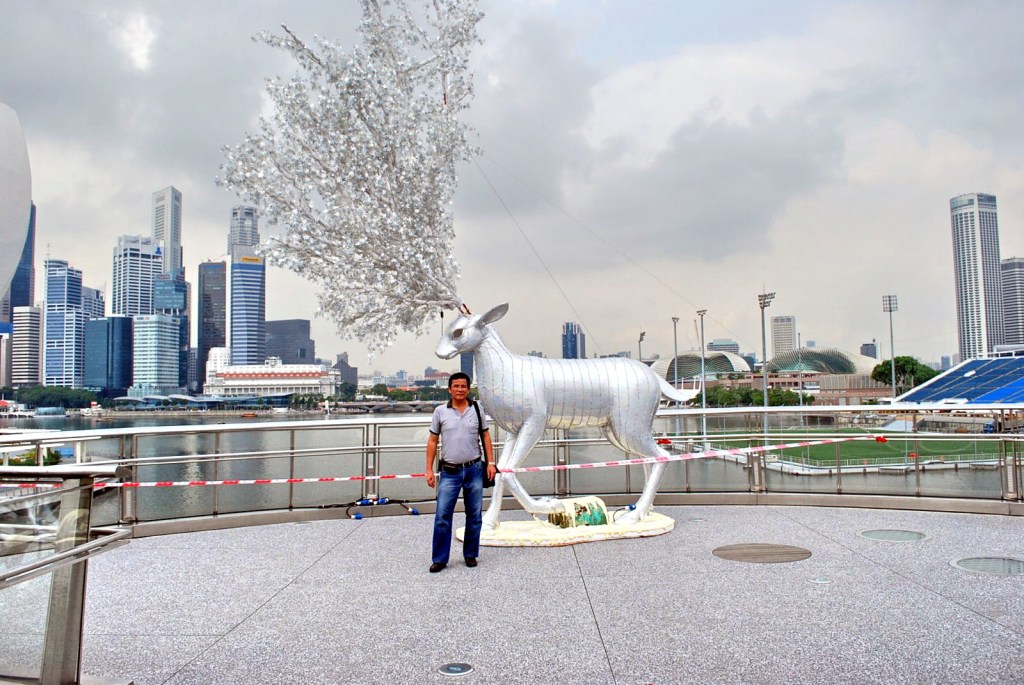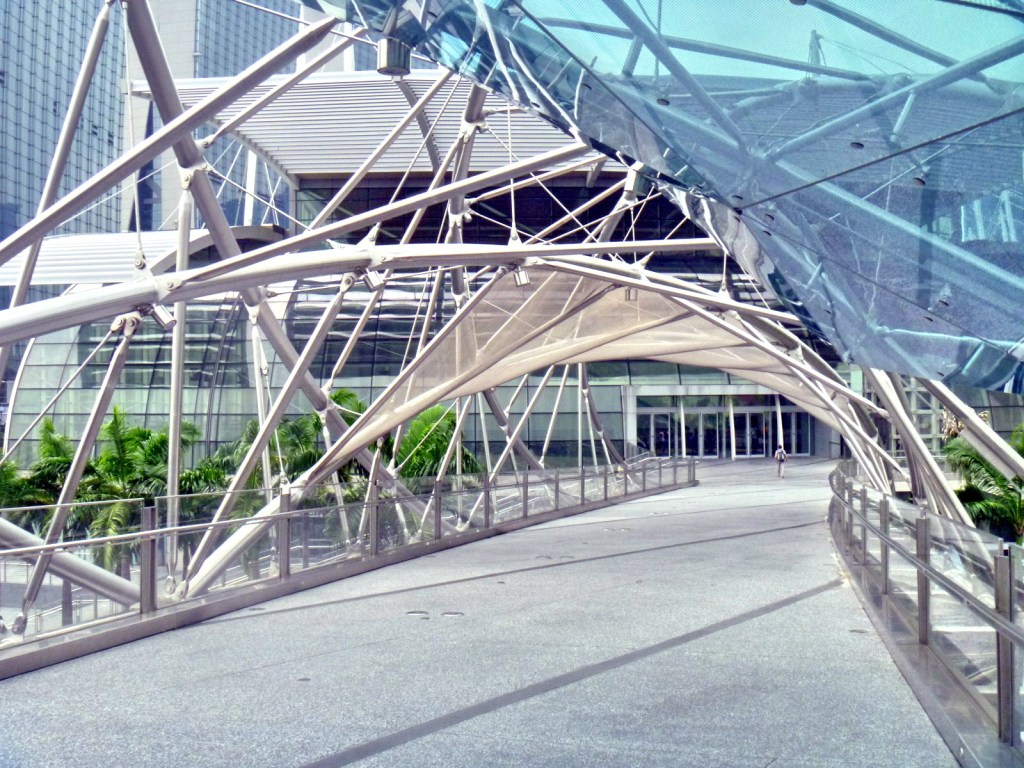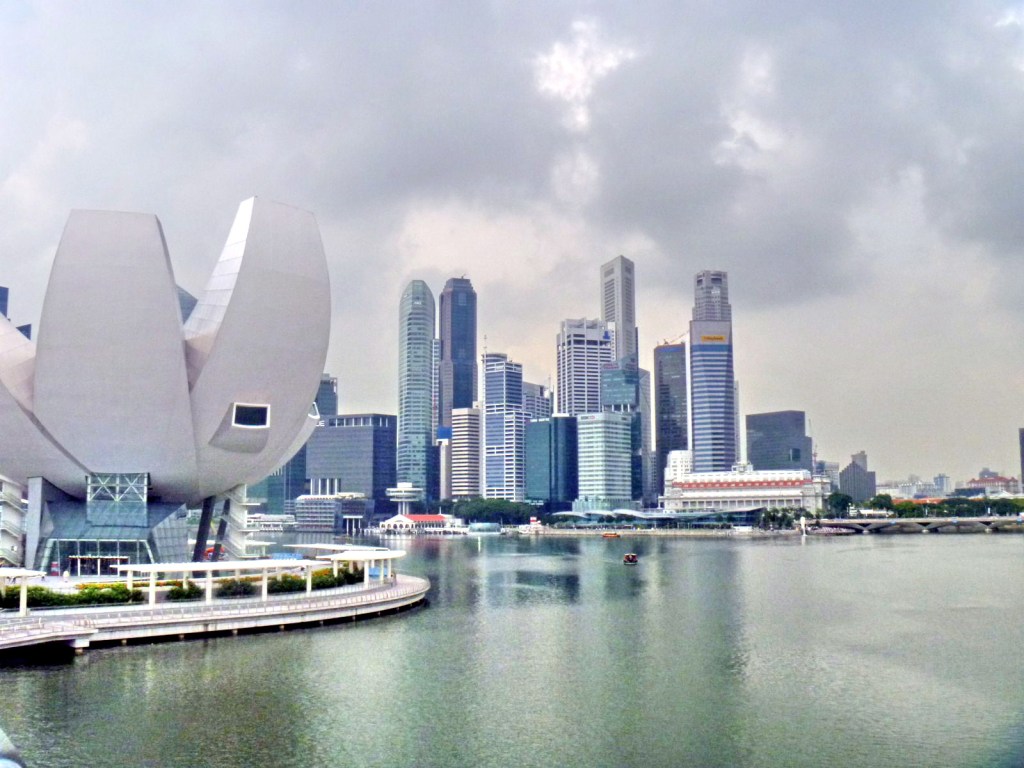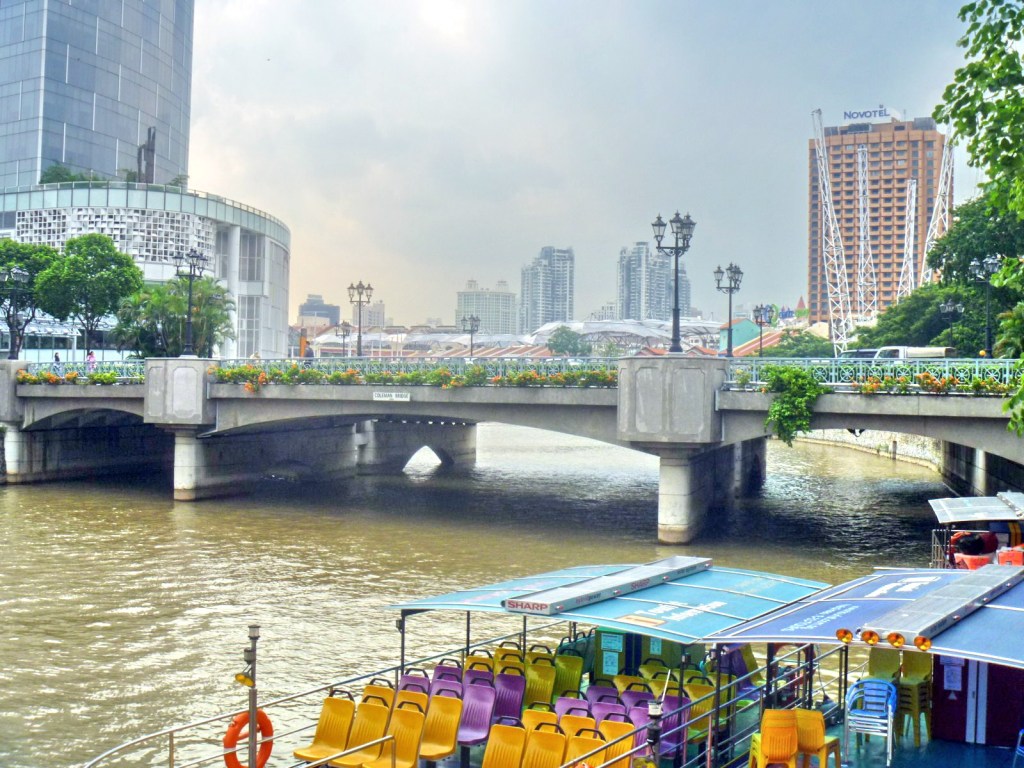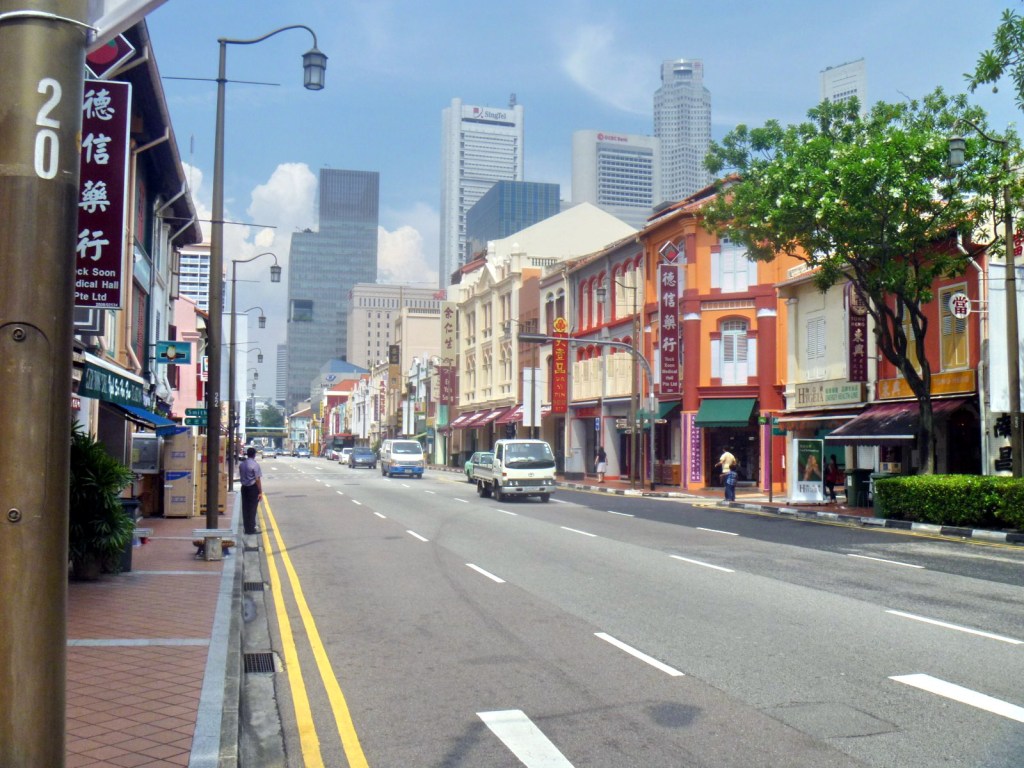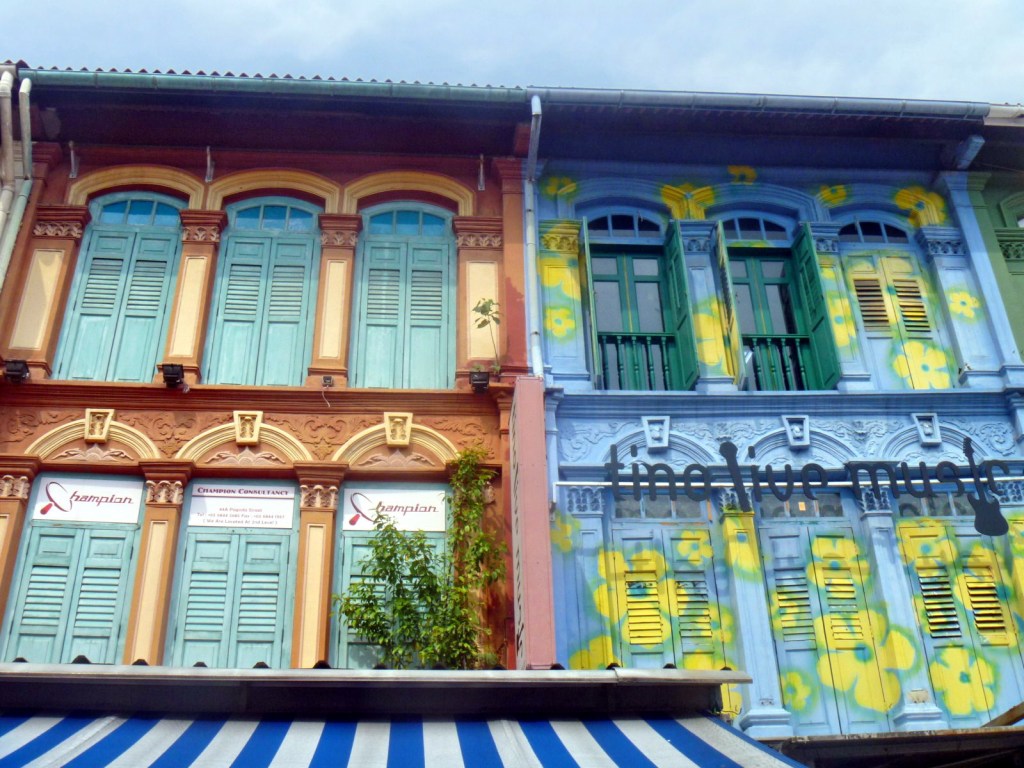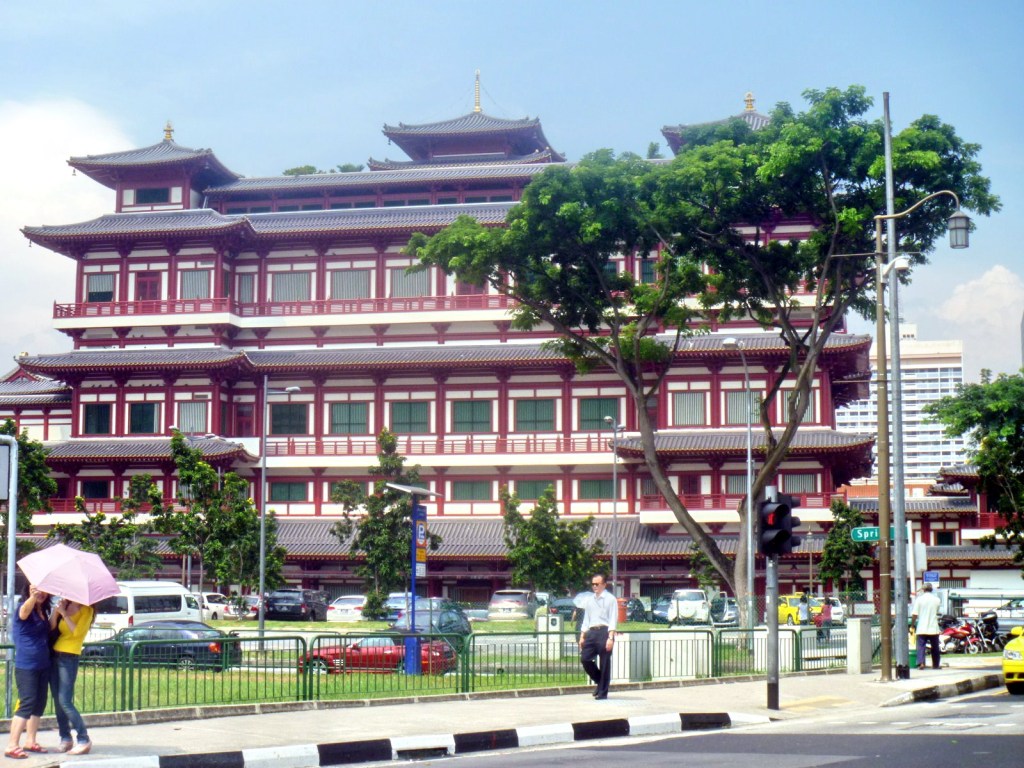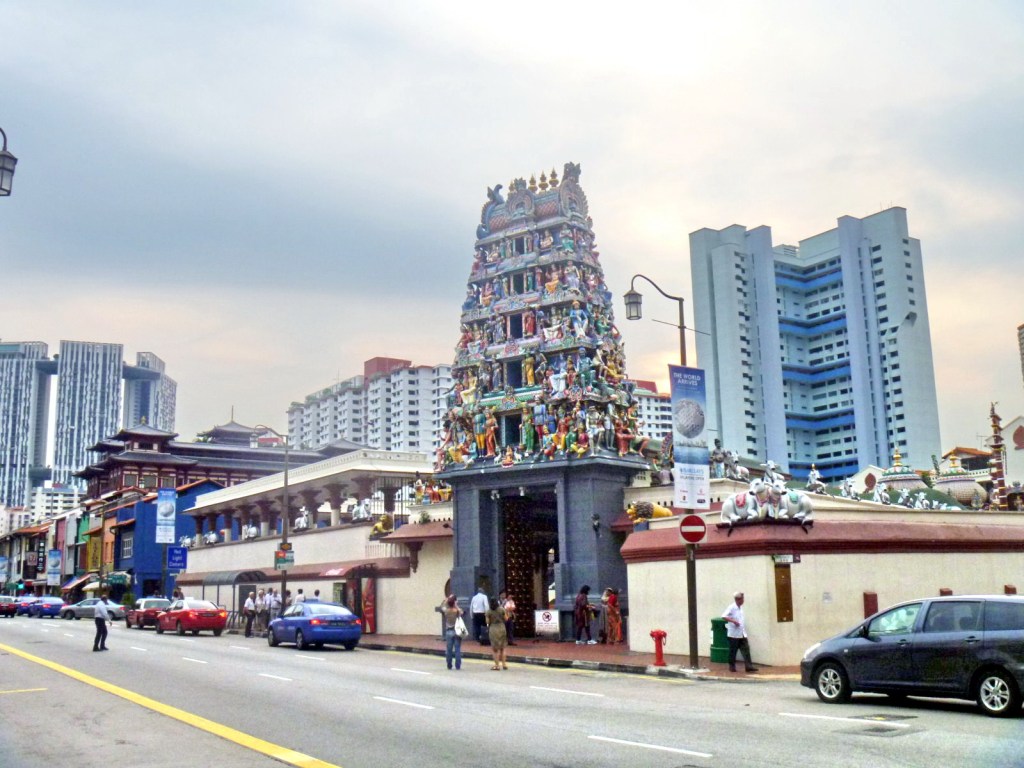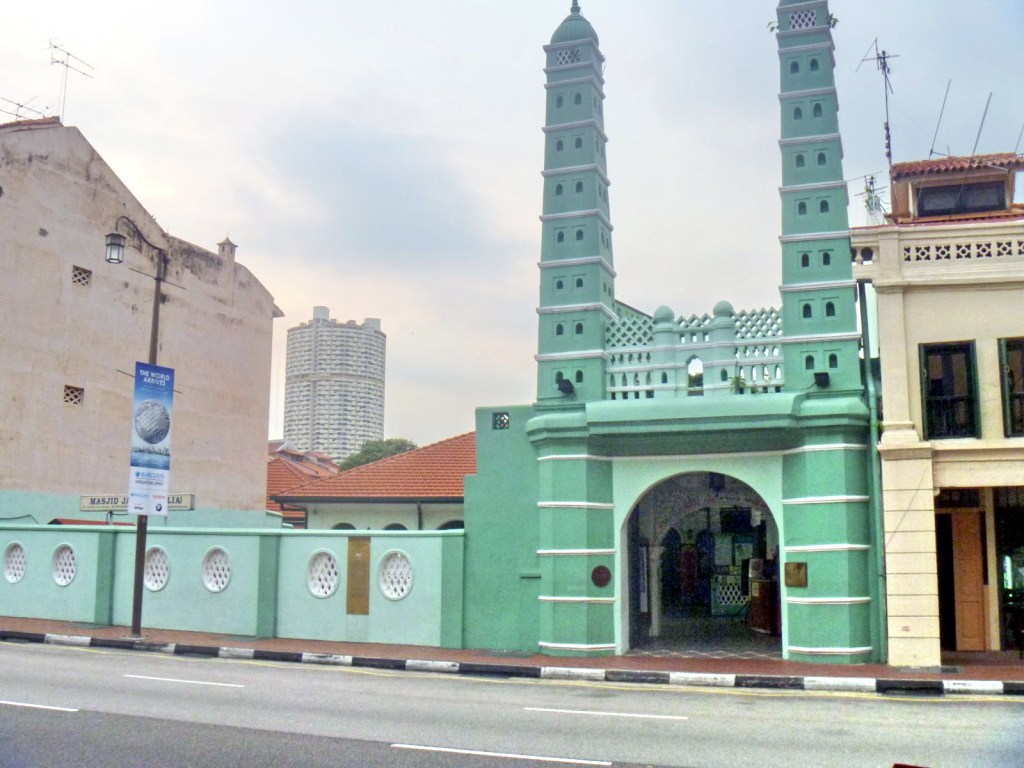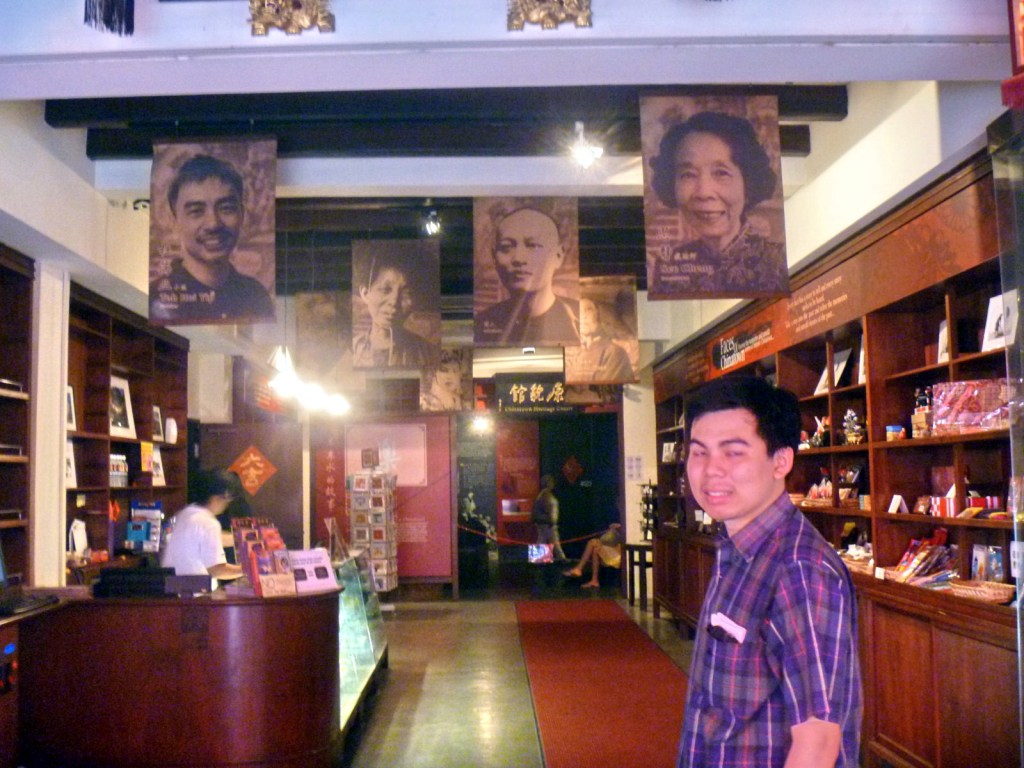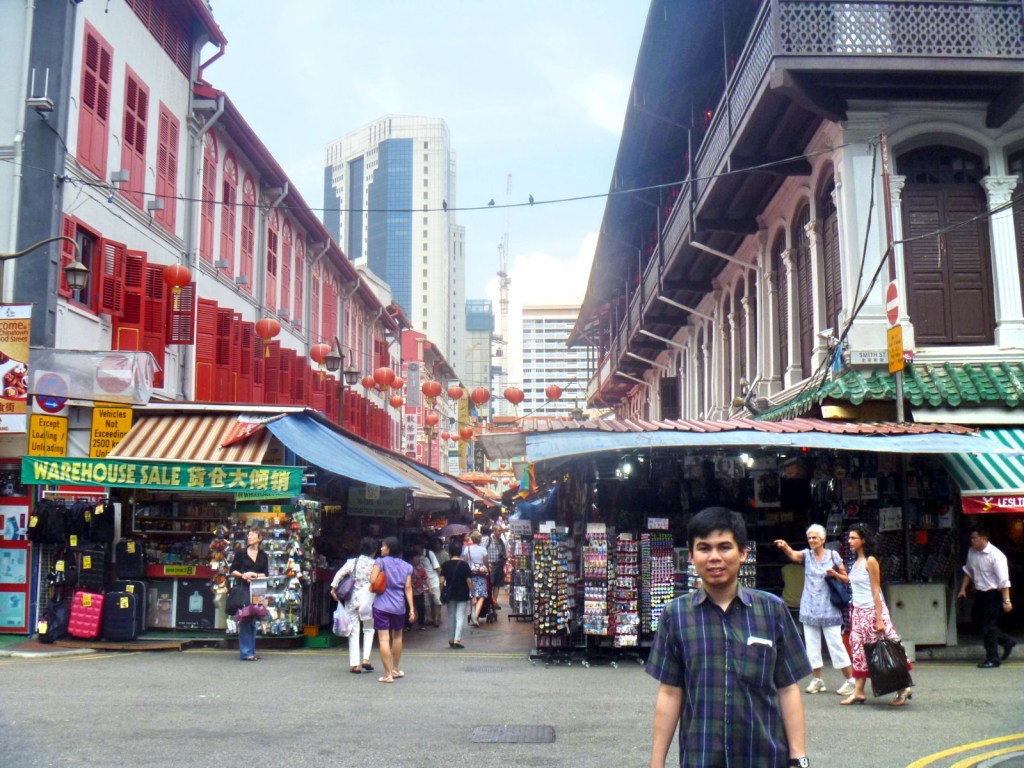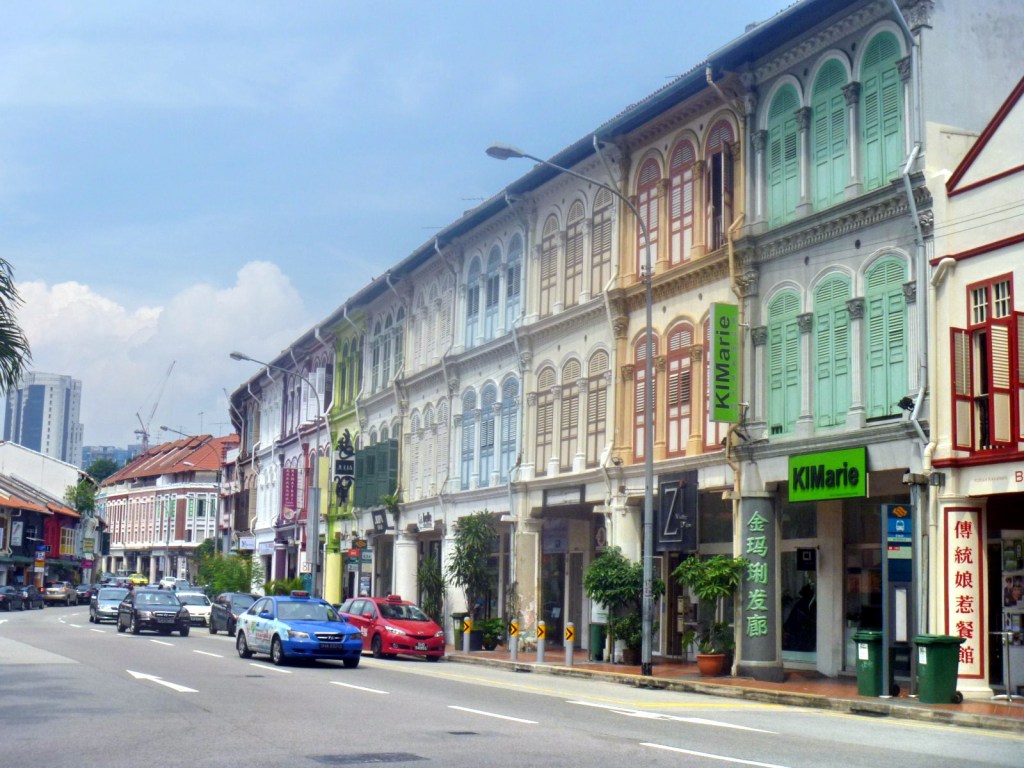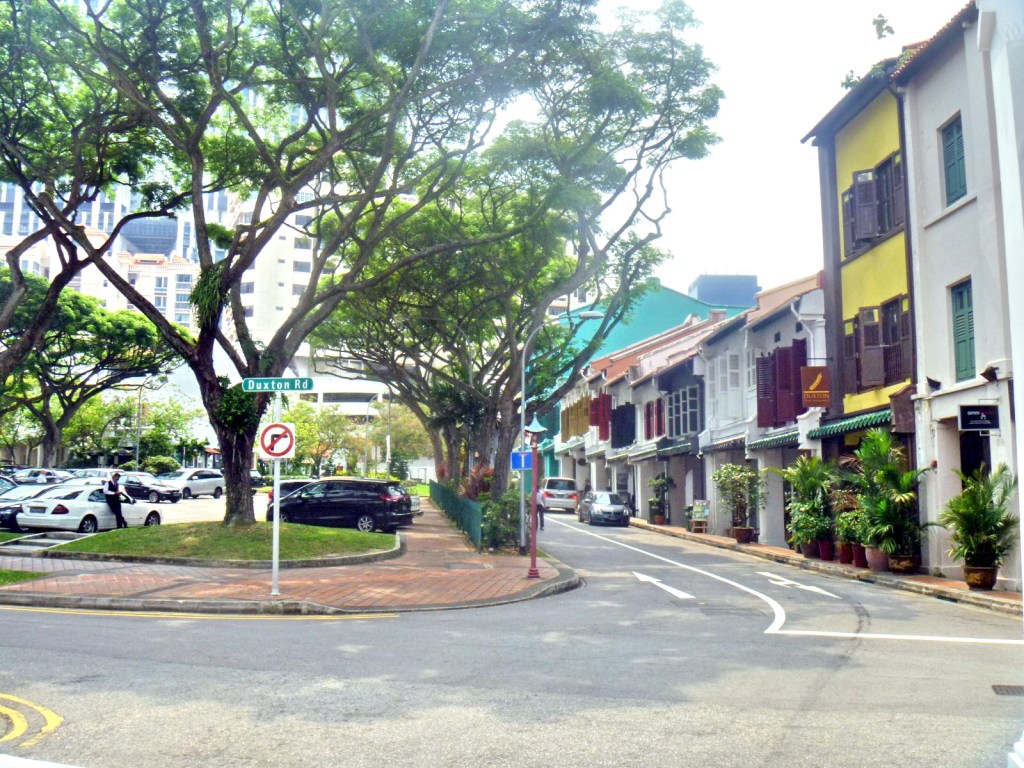The next day was to be my niece Jaja’s wedding day but, since it was to be held in the late afternoon, Jandy and I still had the whole morning for sightseeing. After breakfast at our hotel, we took a taxi to the 20-hectare Marina Bay Sands, an integrated resort fronting Marina Bay officially opened last June 23, 2010, after a partial opening (which included the casino) on April 27. Designed by Moshe Safdien Architects (with Aedas Singapore as the local architect of record), its engineering was provided by Arup and Parsons Brinkerhoff (which had originally worked on such prestigious projects such as the Beijing National Aquatics Center and the Sydney Opera House) and the main contractor was Ssanyong Engineering and Construction. The resort’s architecture as well as major design changes along the way were also approved by the late Master Chong Swan Lek and Master Louisa Ong-Lee, its feng shui consultants.
Developed by Las Vegas Sands, this S$8 billion (including cost of the prime land) casino is billed as most expensive stand-alone atrium casino in the world, with 500 tables and 1,600 slot machines. However, we were not visiting for the gambling. Rather, we were there for the 360-degree Singapore skyline view atop its 340m-long (stretching longer than the Eiffel tower laid down or four and a half A380 Jumbo Jets), 1-hectare and 3,900-pax SkyPark, a sky terrace which connects the three 55-story hotel towers and is set on top of the world’s largest, gravity-defying public cantilevered platform, overhanging the north tower by 67 m..
Aside from housing the world’s largest casino, the resort features a 2,561-room hotel, a 1,300,000-sq. ft. (120,000 m2) convention-exhibition center, the 800,000 sq. ft. (74,000 m2) The Shoppes at Marina Bay Sands mall (with over 300 stores and F&B outlets), the 200,000 sq. ft. (19,000 m2), lotus-shaped ArtScience Museum located next to the three blocks (currently featuring “Titanic: The Artifact Exhibition”), two large theaters (the 1,680-pax Sands Theater and the 2,155-pax Grand Theater), two floating Crystal Pavilions (the 2nd houses the world’s largest Louis Vuitton boutique) and a 6,500 sq. ft. (600 m2) indoor ice skating rink (which uses artificial ice). There are also 7 “celebrity chef” restaurants (6 within the Shoppes) – Cut, Waku Ghin, Pizzeria and Osteria Mozza, Guy Savoy, DB Bistro Moderne, Santi and Rasapura Masters.
Upon arrival, we entered the hotel’s huge atrium lobby, decorated with tall Christmas trees, and walked some distance to the SkyPark Box Office located at the Basement 1, Tower 3. After purchasing our entry tickets here, we proceeded to the porte cochere area outside the Tower 3 and took the elevator to 57th floor where the SkyPark is located. The SkyPark is also home to the world’s longest elevated outdoor swimming pool, perched 191 m. above ground and with a 146-m. (478-ft) vanishing edge. However, we missed out to view the pool (as well as its lush gardens and rooftop The Sky on 57 restaurant) as it is available only to 50 observation deck guests that have registered for the 15-min. guided tours (available at 10 AM, 2 PM and 9 PM only). The pools were made with up to 422,000 pounds of stainless steel and can hold 376,500 gallons (1,424 cu. m.) of water. Within the observation deck is the KU DÉ TA nightclub.
The day, though slightly overcast, still afforded us a spectacular, unforgettable panoramic view, from 10 observation deck view points, of Singapore’s Central Business District, the Merlion, Old Supreme Court Bldg., New Supreme Court Bldg., City Hall Bldg., Esplanade, St. Andrews Cathedral, Float @ Marina Bay, Helix Bridge, the Singapore River, the Formula One pit building and racetrack, the Padand (Singapore Recreational Club and Cricket Club), Marina Barrage, East Coast Parkway, Benjamin Sheares Bridge, Changi Airport control tower, the Singapore Flyer (an observation wheel), Nicoll Highway, Little India, Sentosa Island, Singapore Port and, beyond, Kusu Island and Indonesia’s Batam Island. Just below are the resort’s theaters, the Event Plaza, the Crystal Pavilions, the Sands Expo and Convention Center, the ArtScience Museum, the Marina Bay Sands casino and The Shoppes at Marina Bay Sands.
Marina Bay Sands SkyPark: Open daily, 9:30 AM-10 PM (11 PM on Fridays, Saturdays and Sundays). Admission Fee: S$20 for adults, S$14 for children (aged between 2–12 years) and S$17 for senior citizens (aged 65 years and above). Children under 2 years of age may enter for free. Ticketing Hotline: +65 6688 8826

